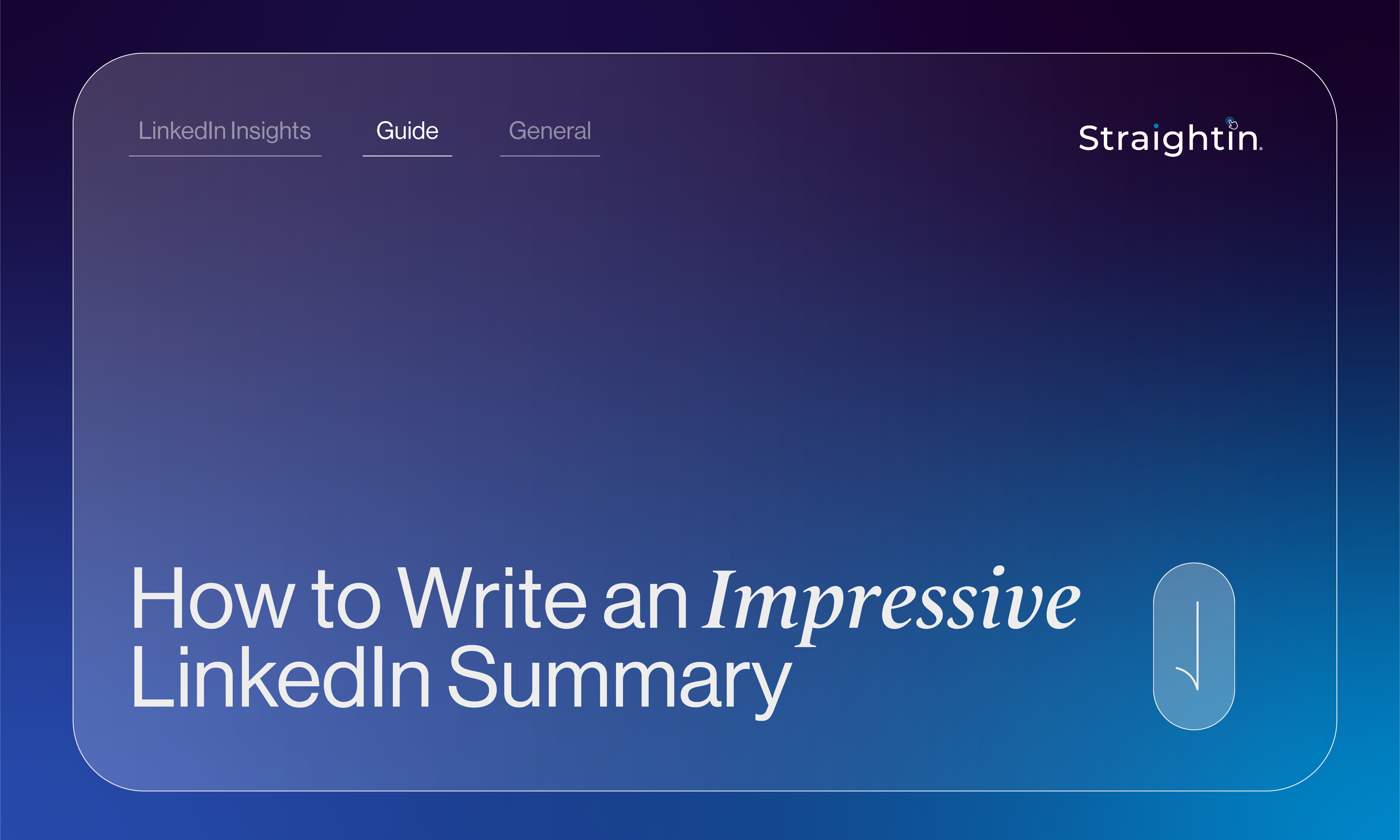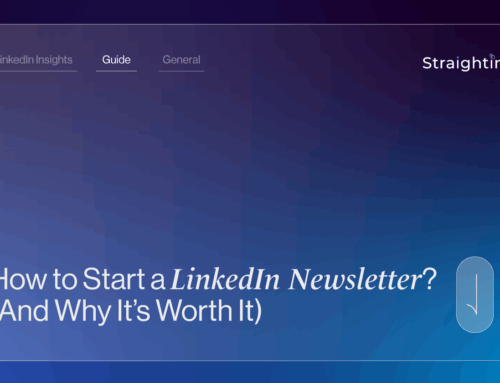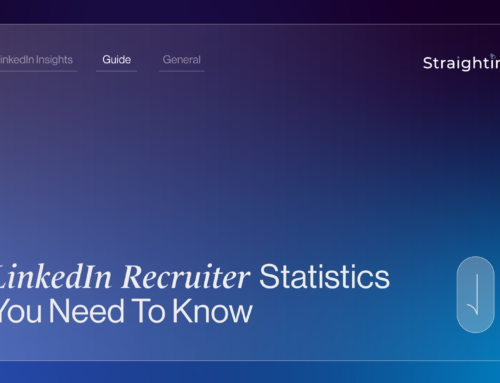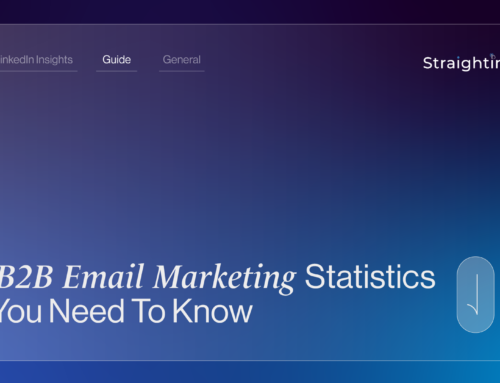What is a LinkedIn summary? A LinkedIn summary is a short and descriptive paragraph that outlines and highlights your professional background, your personality and your skills. You can find it under your headline on your profile and it is essentially known as the ‘About’ Section.
It is important to include a summary to your profile, not only to expand on your headline and job but to connect with your profile visitors on a personal level which could result in adding them into your network.
Common Mistakes
Your LinkedIn summary should be clear, not too brief or vague but we all make mistakes so I have written some points on what to avoid.
Mistake #1
The first common mistake most LinkedIn users make is just leaving their ‘about’ section blank. Try to steer clear from doing that as LinkedIn loves a completed profile and having one will increase your visibility on the platform!
Mistake #2
Another mistake users make is overusing generic ‘buzz-words’ such as; ‘passionate’, ‘focused’, ‘guru’ and ‘expert’ as it might make your profile seem generic and overly formal which in turn gives your profile the opposite effect you want and instead will turn potential clients away from your page.
Mistake #3
However, do make sure to include keywords into your profile summary. The difference between buzz-words and keywords is that keywords are specific (whether that be to an industry or your specialized skills). It is important to use keywords to connect with your audience and engage with your profile visitors.
Key Elements to Include
- Your LinkedIn summary should expand on your headline! If your headline is your role/ job title along with your company then I would suggest going into detail on that within your summary i.e. what you do within your role and what your company has to offer.
- You should include skills and hobbies which refer back to your role i.e. how it landed you here/ how it helps within the role (language skills? Marketing at uni?)
- Adding a call to action increases your chances of growing your network! Authored Up notes that having a CTA drives user engagement by giving your audience a chance to interact if it suits them.
Don’t forget to keep these points short – it is a summary after all.
A great example of an effective LinkedIn summary is that of Zac Hancox, the CEO and Founder of StraightIn and Inboxx. His summary begins by clearly stating who he is and elaborating on his headline: “Founder and CEO of multiple successful marketing companies.” He then details the services his company offers.
Keeping it concise, he also highlights his skills by stating, “As an entrepreneur, I thrive in dynamic environments,” and explains how this mindset contributes to his success in marketing, noting his “passion for fostering collaboration for remarkable marketing success.“
Zac includes relevant keywords such as “lead generation solutions,” “success,” “B2B marketing,” and “email marketing” to specifically target his audience, network, and potential clients.
Finally, he adds a call to action: “Exchange ideas and explore new opportunities with fellow professionals,” which encourages engagement with his network. While this call to action may not seem very direct, it effectively motivates visitors to interact based on their interest in the rest of his summary.
Understanding your Network
Linking back to everything you’ve read, it is crucial to have an understanding of your network and what audience you want to reach before writing your summary. This is for some reasons which LinkedIn themselves have written about.
- Defining the audience – are you looking to connect with decision-makers or gatekeepers?
- Engagement – engagement creates credibility. If a profile viewer connects, will they be engaged with your company/ profile? I.e. a CTA, a survey or simply a post!
- Adapt – Take time out of your day to listen and engage with your target demographic, look into their preferences, ask questions and listen to their criticism.
- Understand the demands of the specific industries you’re targeting.
This links back to the main point of understanding your demographic; summarising that it creates and leads to business development and helps in the future when it comes to pitching ideas, products and services. You can’t please everyone so be detailed on who you want within your network.
Choose stories and words that show who you are as a person, not just a professional. Great summaries hint at traits such as gratitude, humility, and humour. Authenticity is key, so be honest with yourself. Think of the one trait you’re most known for and weave it in.







